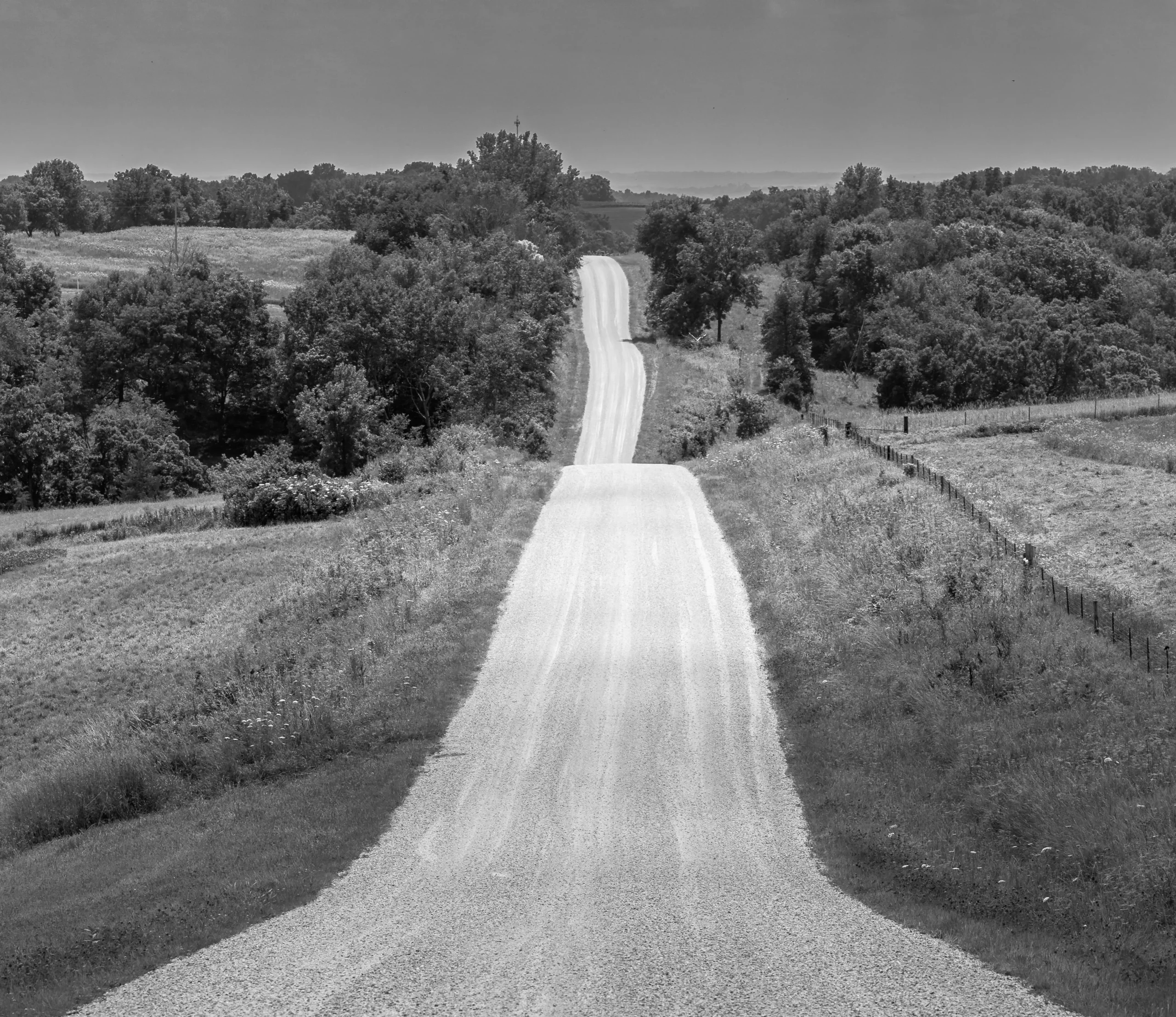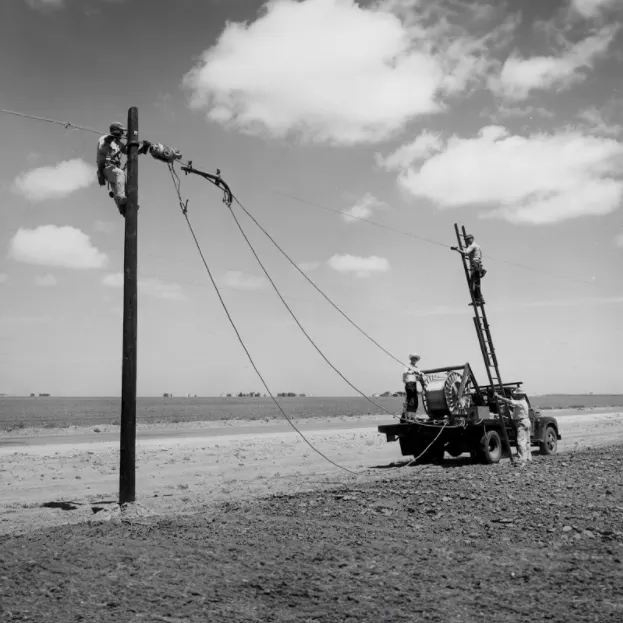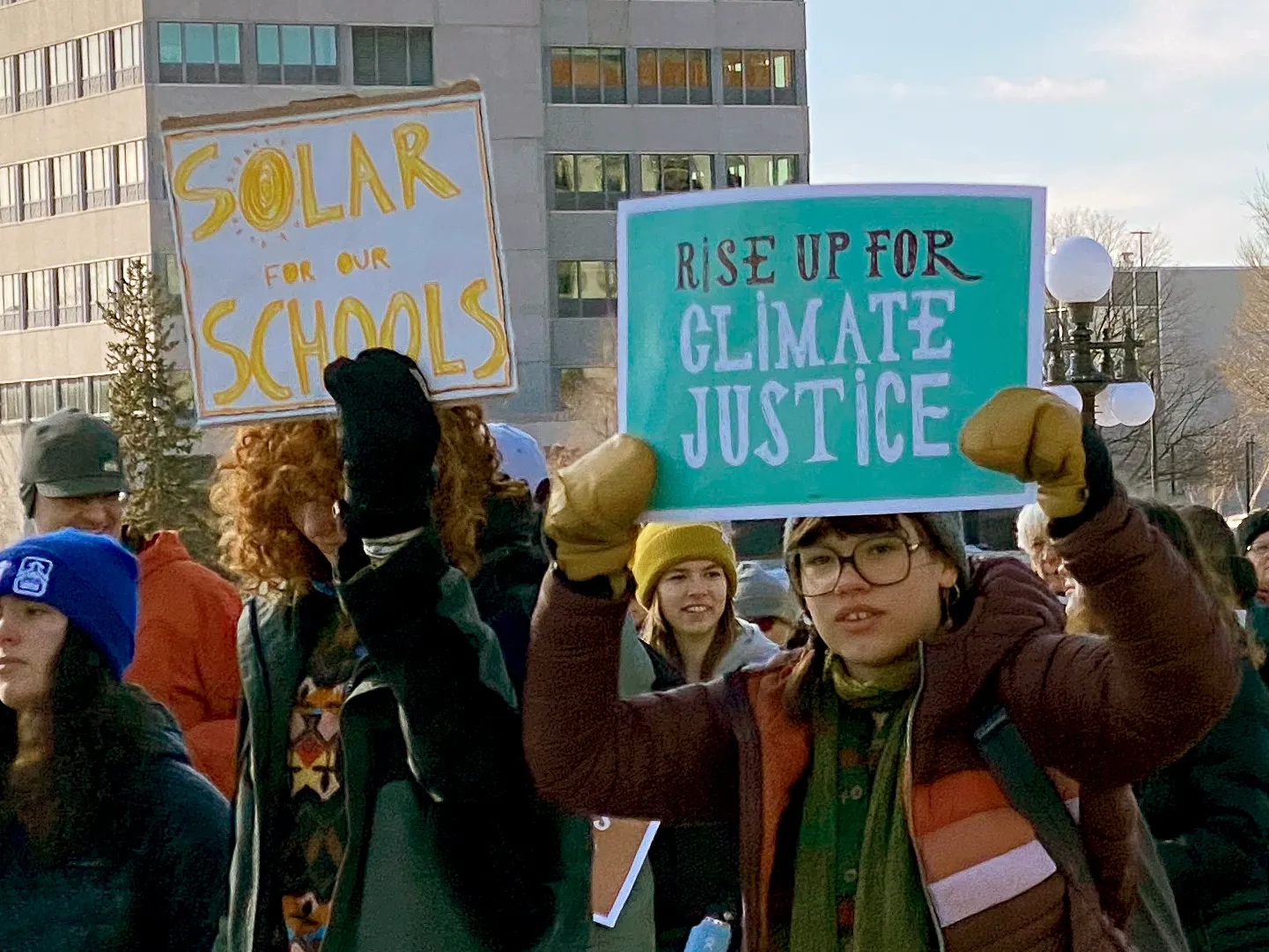
Co-ops transformed life in rural America.
Despite several attempts in the 1920s by proponents of public power to bring electricity to the farms, private power’s influence prevailed. In 1920 fewer than 10% of all rural properties were served by an electric utility, denying rural people the modern benefits of electrification. Private power companies were reluctant to extend service to the country, citing low demand and high costs, which would not generate profits. Rural electrification advocates became convinced that only broad, federal intervention paired with a well-organized rural population could achieve their goals. Rural people did what they had always done and cooperated for the greater good of their community.

Bold policies brought light to the farm.
Amidst the Great Depression, Franklin D. Roosevelt’s administration brough forth bold ideas through the New Deal to fix faltering American economy. This included successful public power projects that enabled robust action on rural electrification. The Rural Electrification Act became law in 1936 establishing the Rural Electrification Administration and authorized federal loans to utilities to build a rural electrical system. When the REA was passed, 90% of farms and rural communities were still without electricity. By 1943, this number dropped to 65% and by 1959, only the most remote places were without electricity.

Co-ops in crisis
Rural electrification had far-reaching social, economic, health, and cultural impacts. This was possible because rural people were enabled to organize electric co-ops and the federal government provided these new RECs with financing and incentives. The REA program was very successful in electrifying America which led to an explosive growth in demand for electricity. In response, electric co-ops readily grew their generating capacity. Throughout the 1960s and 1970s, many new coal, gas, and oil power plants were built by electric co-ops. The 1970s U.S. energy crisis made more domestic electricity generation imperative. As a result of these decades of fossil fuel generation expansion, 9 of the 15 most carbon-intensive utilities in the country are electrical cooperatives and to this day they are saddled with the burdensome debt of these infrastructure costs incurred 50-60 years ago. The growing climate crisis makes these fossil fuel power plants an even bigger problem. These dirty and costly facilities must be retired, and co-ops must transition to clean energy. Cooperatives have long argued that prohibitive costs and the perceived reliability issues of transitioning to renewable energy would adversely affect their member owners. Even though the cost of renewable energy is now easily more affordable than coal, outstanding debts tether coops to their coal and gas plants.

A democratic future
Rural electric cooperatives were created by prioritizing the needs of people and rural communities over skyrocketing corporate profits. Rural electrification was accomplished through rural organizing, federal action, and real investment. These actions greatly improved the lives of millions of rural Americans during the Great Depression. This chapter of progressive democratic action cannot be left in the history books. Electric co-op member-owners have a critical role in guiding rural communities to a clean energy future that benefits everyone. Rural electric co-ops must re-affirm their commitment to operational transparency and democratic principles.

